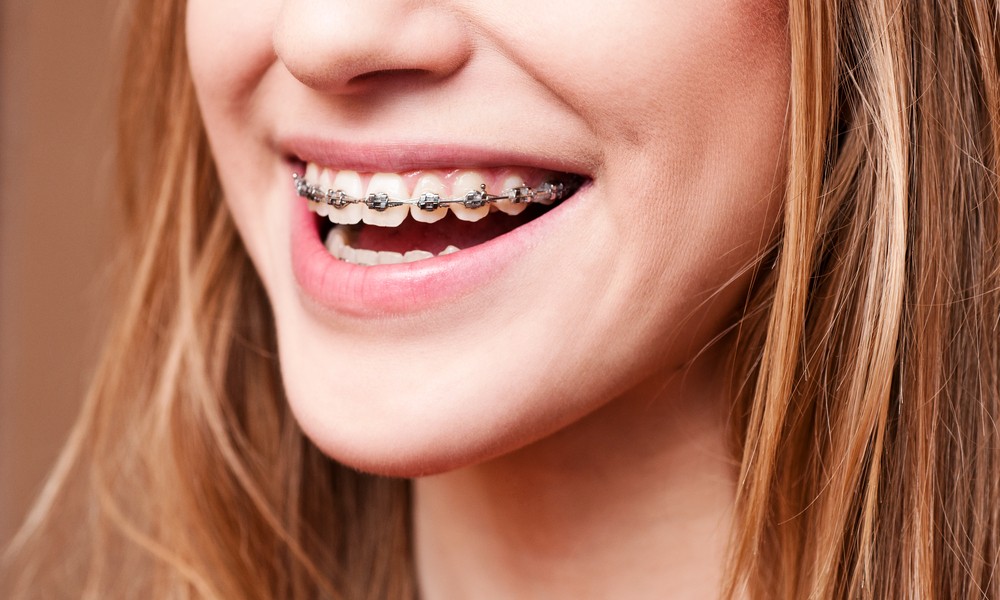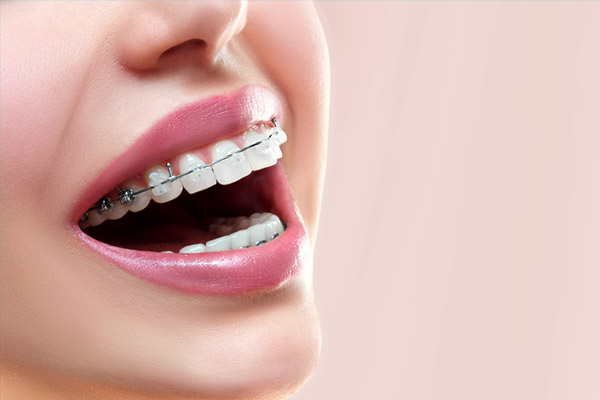
As a parent, it’s essential to understand the importance of teeth alignment offered by Redlands Orthodontic Practice for your child’s oral health and well-being. Braces are a common solution for misaligned teeth and jaws, and they can greatly improve your child’s smile and overall dental health.
In this article, we’ll explore the different types of braces available for children, their benefits, and what to expect during the treatment process.
What are orthodontic braces?

Orthodontic braces are dental devices that straighten misaligned teeth and jaws, aiming to improve oral health, function, and aesthetics. Types of braces include traditional metal, ceramic, lingual, self-ligating, and clear aligners like Invisalign. Braces apply constant pressure to shift teeth into proper positions over time, often used in conjunction with other appliances.
What is the role of braces?
The role of orthodontic braces is to:
- Straighten crooked or misaligned teeth
- Improve oral health by making teeth easier to clean
- Enhance the appearance of the smile and face
- Correct bite issues (overbite, underbite, crossbite)
- Improve chewing and speaking abilities
- Boost self-confidence and self-esteem
- Prevent wear and tear on teeth and jaw joints
- Improve gum health and reduce the risk of gum disease
- Improve the overall function and stability of the teeth and jaw
What are the types of braces for children?
Traditional metal braces
- Traditional metal braces are the most common type of braces for children. They consist of metal brackets attached to the teeth, connected by an archwire that applies pressure to move the teeth into proper alignment.
Ceramic braces
- Ceramic braces are similar to traditional metal braces but have clear or tooth-colored brackets, making them less noticeable.
Lingual braces
- Lingual braces are attached to the back of the teeth, facing the tongue, making them invisible from the outside.
Clear aligners
- Clear aligners, like Invisalign, are removable and made of clear plastic. They’re suitable for mild corrections and are often preferred by older children and teenagers.
What are the benefits of braces for children?
Braces in young children offer several benefits as discussed below:
Improved oral health: Braces help straighten teeth, making it easier for children to brush and floss, reducing the risk of tooth decay and gum disease.
Enhanced smile: Braces can boost your child’s self-confidence by giving them a beautiful, straight smile.
Better bite: Braces can correct bite issues, making it easier for your child to chew and speak.
Long-Term Results: Braces can provide long-term results, ensuring your child’s smile remains healthy and beautiful into adulthood.
What to expect during the treatment process?
Consultation: The orthodontist will examine your child’s teeth and jaws to determine if braces are necessary.
Impressions: The orthodontist will take impressions of your child’s teeth to create a personalized treatment plan.
Braces placement: The orthodontist will attach the braces to your child’s teeth, explaining how to care for them.
Adjustments: Regular adjustments will be necessary to tighten the braces and ensure proper alignment.
Removal: Once the treatment is complete, the orthodontist will remove the braces, and your child will be fitted with a retainer to maintain the new alignment.
Useful tips for parents
As a parent, you must take charge of your kid’s oral health during and after orthodontic treatment. The following tips may be useful:
- Teach your child to brush and floss regularly to keep their teeth and braces clean.
- Avoid hard, sticky, or sugary foods that can damage braces.
- Ensure your child attends regular appointments with the orthodontist to monitor progress.
Braces can greatly improve your child’s oral health and self-confidence. By understanding the different types of braces available and what to expect during the treatment process, you can make informed decisions and support your child throughout their orthodontic journey. Consult with an orthodontist to determine the best course of treatment for your child’s unique needs.




